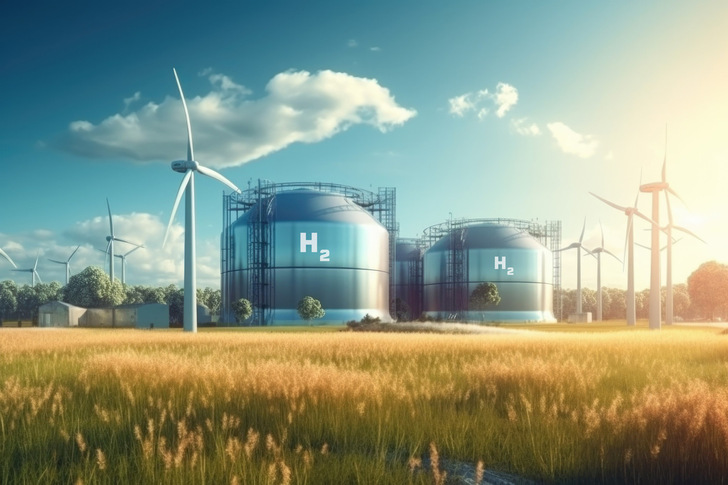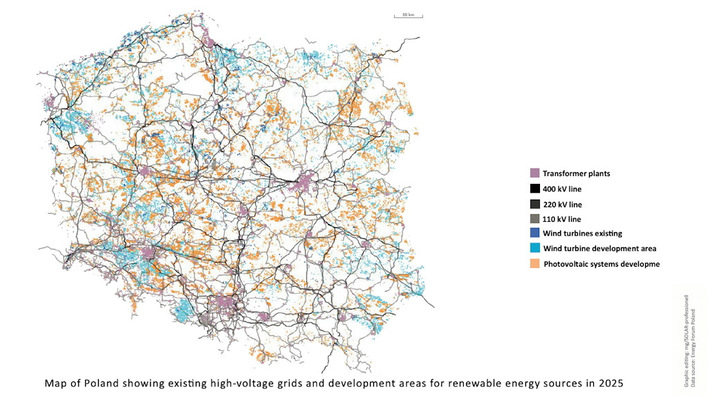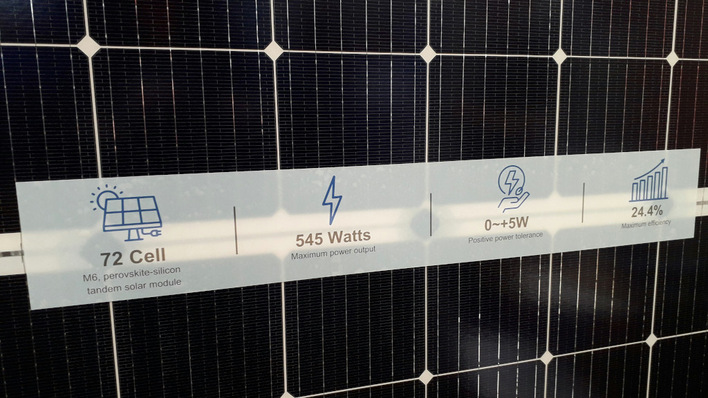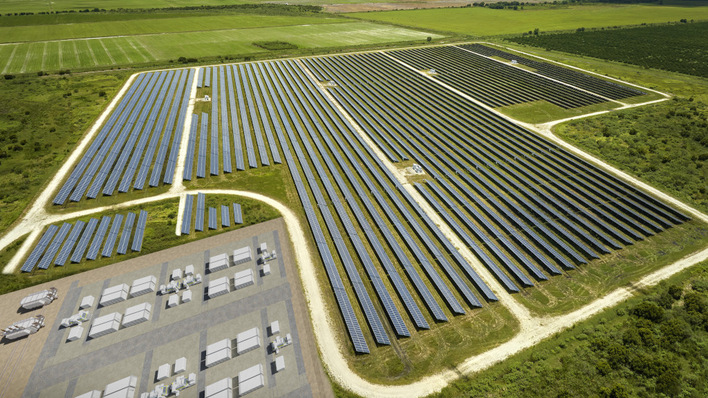Storing energy cost-effectively and producing hydrogen - that's what a novel zinc-based battery can do. Initial tests have shown an efficiency of 50 percent for electricity storage and 80 percent for hydrogen production with a predicted lifespan of ten years, according to a Fraunhofer IZM press release.
The aim of the Zn-H2 research project is to develop an electrically rechargeable hydrogen storage system that can store energy in the form of metallic zinc and provide electricity and hydrogen on demand.
Easily available and recyclable materials
Unlike conventional lithium batteries, zinc storage systems are much cheaper, use readily available raw materials (steel, zinc, potassium hydroxide) and are recyclable, IZM describes the advantages of the material used.
See also: Wacken Open Air uses electricity from green hydrogen
Based on already known solutions in the battery field with zinc anode, the researchers combined this technology with alkaline water electrolysis. In this way, the new energy storage system could also enable the production of hydrogen.
Overall efficiency of electricity storage twice as high as power-to-gas
"During charging, water in the battery oxidises to oxygen, and at the same time zinc oxide is reduced to metallic zinc," explains Robert Hahn from Fraunhofer IZM. "When the storage cell is discharged as needed, the zinc is converted back into zinc oxide. The water is in turn reduced so that hydrogen is generated and released.
Also interesting: Varta looking forward to a better second half of 2023
This creates a unique combination of battery and hydrogen production with an overall electricity storage efficiency of 50 per cent, which means we outperform the alternative and currently favoured power-to-gas technology twice over." Since the material costs are less than one tenth of a lithium battery, this opens up an economically attractive perspective for storing green energy.

Zn2H2 GmbH
Successful laboratory tests
The researchers have already been able to prove the basic principle of the new system in the laboratory and examined the efficiency and stability of the charging cycles on the basis of individual cells - with success: with realistic use during seasonal dark breaks, but also with daily use as solar storage, the catalysts would have a service life that would allow operation for more than ten years. However, the system still has to go through several stages of up-scaling before it is finally suitable for industrial use.
Demonstrator to be built by the end of 2023
A demonstrator is to be built by the end of the year, and its operation will be researched in a test stand. Finally, eight cells with a capacity of approximately 12 volts and 50 ampere-hours are to be electrically connected. The researchers are demonstrating galvanic deposition as a cost-effective production technique for the large-scale manufacture of the bifunctional catalyst: the reproducibility of the deposition will be examined in advance with tests. (kw/mfo)









